Cholera is a disease of inequity affecting the most vulnerable among us.
Cholera is an acute diarrheal illness caused by the Vibrio cholerae bacterium, which can lead to dehydration and, in severe cases, death if untreated. There are over a hundred identified serogroups, but only two – O1 and O1396 – cause outbreaks. There is no difference in the illness caused by the two serogroups.

Cholera, though documented extensively since the 19th century, has likely plagued umanity since ancient times. Historical Indian medical texts, such as the Sushruta Samhita (c.500 BCE) and the Charaka Samhita (c.300 BCE), describe symptoms similar to cholera. Similarly, Chinese historical records from the Han dynasty (206 BCE – 220 CE) recount instances of widespread gastrointestinal illnesses that resulted in high mortality, resembling what we now recognize as cholera. References to cholera appear in the European literature as early as 1642, from the Dutch physician Jakob de Bondt’s description in his De Medicina Indorum.
The first documented cholera pandemic began in 1817 and spread across Asia, the Middle East, and into parts of Europe. In 1854, Filippo Pacini isolated and identified the cholera bacterium, while John Snow identified its waterborne transmission pattern thatsame year, laying the groundwork for modern epidemiology. Six subsequent pandemics killed millions of people across all continents. The current (seventh) pandemic started in South Asia in 1961, reached Africa in 1971, and the Americas in 1991. The 7th cholera pandemic has entered an acute phase since 2021, and even nations that previously had no recent history of outbreaks are now reporting cases.
While cholera has been eliminated from Europe and North America for over 100 years through sustained investments in WASH infrastructure, it continues to disproportionately affect the world’s poorest and most vulnerable communities.
In the last two decades, annual global reports of cholera cases have ranged from 1.3 to 4 million. However, cholera remains a neglected and underreported disease, due in part to limitations in surveillance systems, stigma, and fears of impact on trade or tourism. Estimates from WHO put the real burden of cholera cases up to 4 times of what is actually reported. The determinants of cholera Cholera resurgence is driven by the interplay of multiple factors, which highlights the complexity of addressing this emergency.
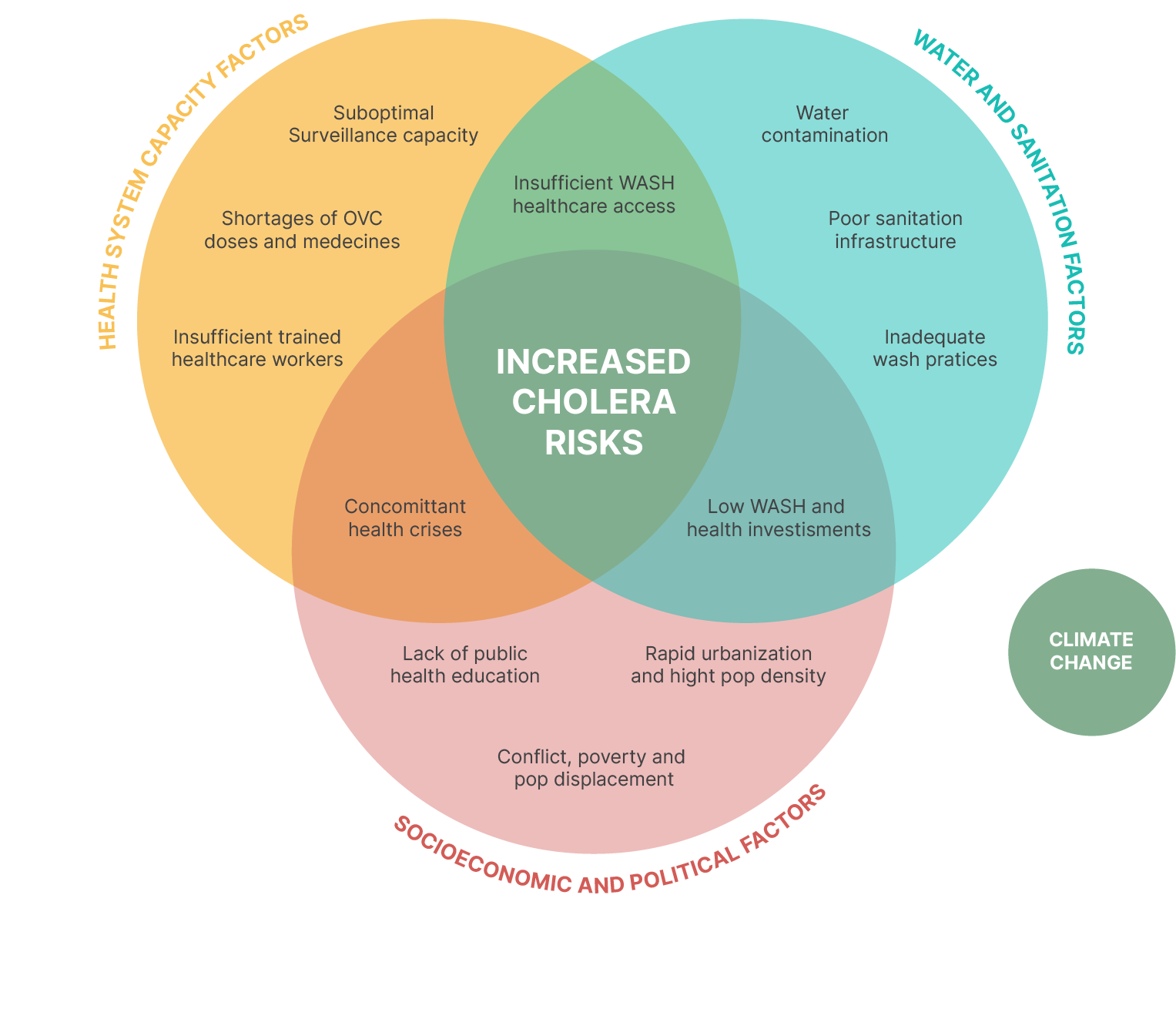
Cholera resurgence is driven by the interplay of multiple factors, which highlights the complexity of addressing this emergency.
Cholera is primarily spread through water and food contaminated with Vibrio cholerae. The bacterium thrives in conditions of poor sanitation, particularly in vulnerable settings, where water and food sources may be compromised. The disease has a short incubation period – between two hours and five days – and can quickly escalate to large scale outbreaks if not rapidly controlled. People of all ages can contract cholera.
Cholera can be endemic or epidemic. A cholera-endemic area is an area where confirmed cholera cases were detected during the last 3 years with evidence of local transmission (meaning the cases are not imported from elsewhere). A cholera outbreak/epidemic can occur in both endemic countries and in countries where cholera does not regularly occur.
Most cases can be successfully treated with oral rehydration solution (ORS), but severe cases require intravenous fluids and/or antibiotics.
While most people infected with Vibrio cholerae only show mild symptoms,a significant proportion will develop severe dehydration that can lead to hypovolemic shock and death within hours, if left untreated.
Cholera is preventable with the tools we have today, putting the goal of ending it within reach.
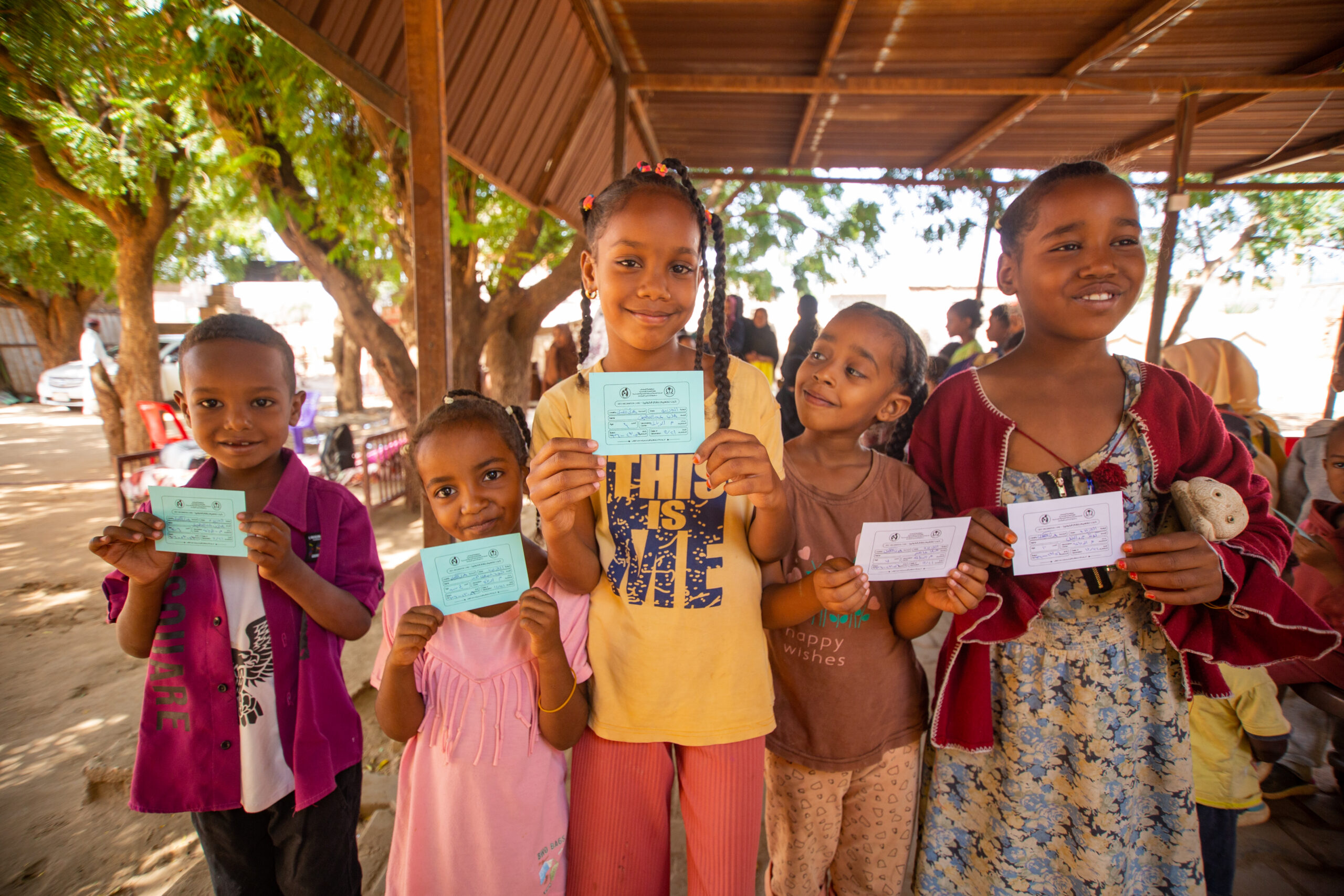
Oral Cholera Vaccines (OCVs) have revolutionized the fight against cholera. OCVs provide immediate protection and are effective for 2-3 years, serving as a crucial bridge between emergency response and long-term cholera control focused on WASH. Since the WHO established an OCV stockpile in 2013, over 184 million doses have been delivered to 33 countries, significantly reducing the impact of cholera outbreaks.
More efforts are necessary to answer the needs of countries both for reactive and preventive vaccination campaigns. Current stocks and vaccination production capacities have not allowed for preventive campaigns to take place since 2022. Single-dose vaccination strategies are in place to mitigate current shortages.
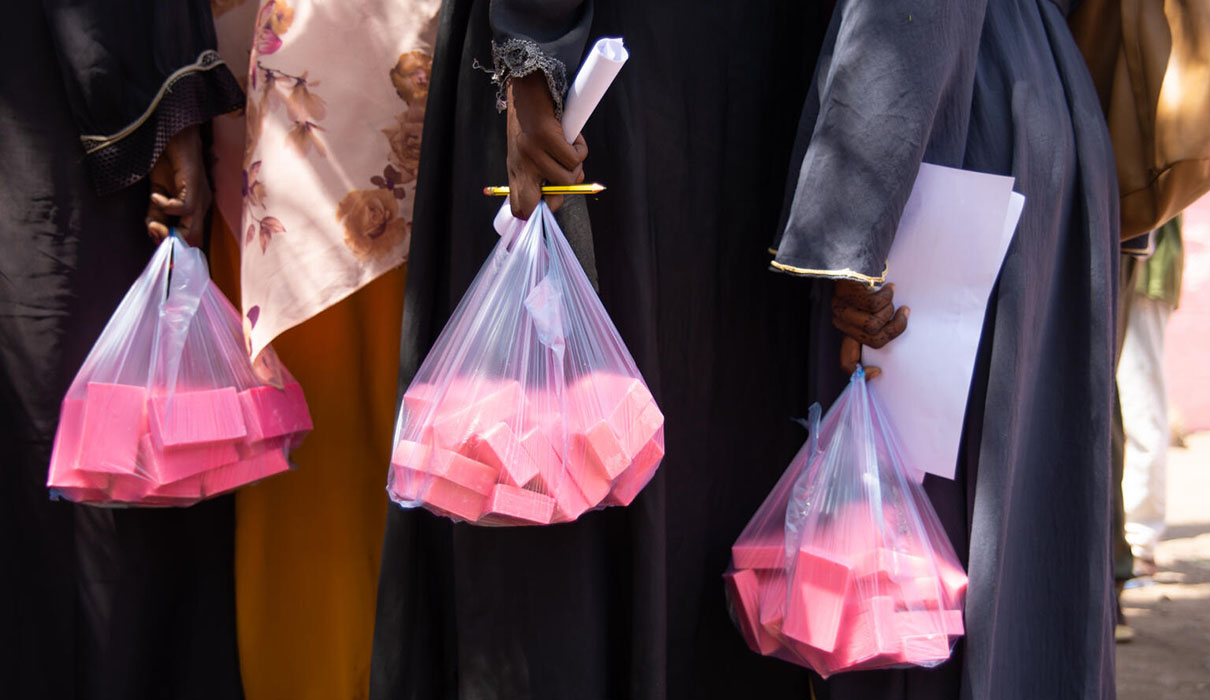
Cholera is a waterborne disease. Yet, 1.8 billion people live in households without adequate access to safe water and sanitation, putting them at risk. Ensuring dignified and safe access to water is a precondition to eliminate cholera and other waterborne conditions.
Investment in WASH programs is essential in protecting people at risk of cholera and address basic water supply, sanitation, hygiene needs at household and community level (schools, markets etc.) as well as within heathcare facilities.
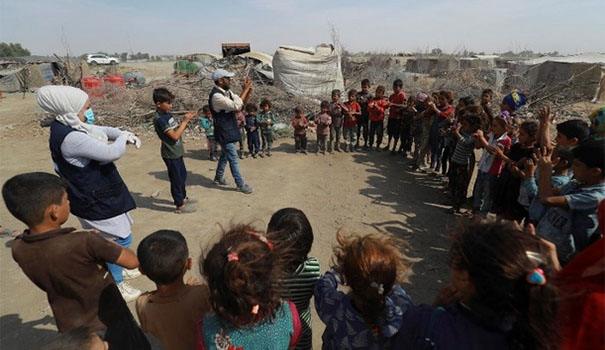
Community engagement is integral to cholera prevention and response. By involving communities in the development and implementation of programs, local cultures, practices, and beliefs are respected and leveraged to promote effective actions such as good hygiene practices, including handwashing with soap, safe preparation and storage of food, adaptation of funeral practices to prevent cholera transmission.
During outbreaks, community engagement is essential for increasing awareness about cholera risks, symptoms, and the necessary precautions. Communities should be actively involved in developing programs that address their specific needs, including where and when to seek treatment.
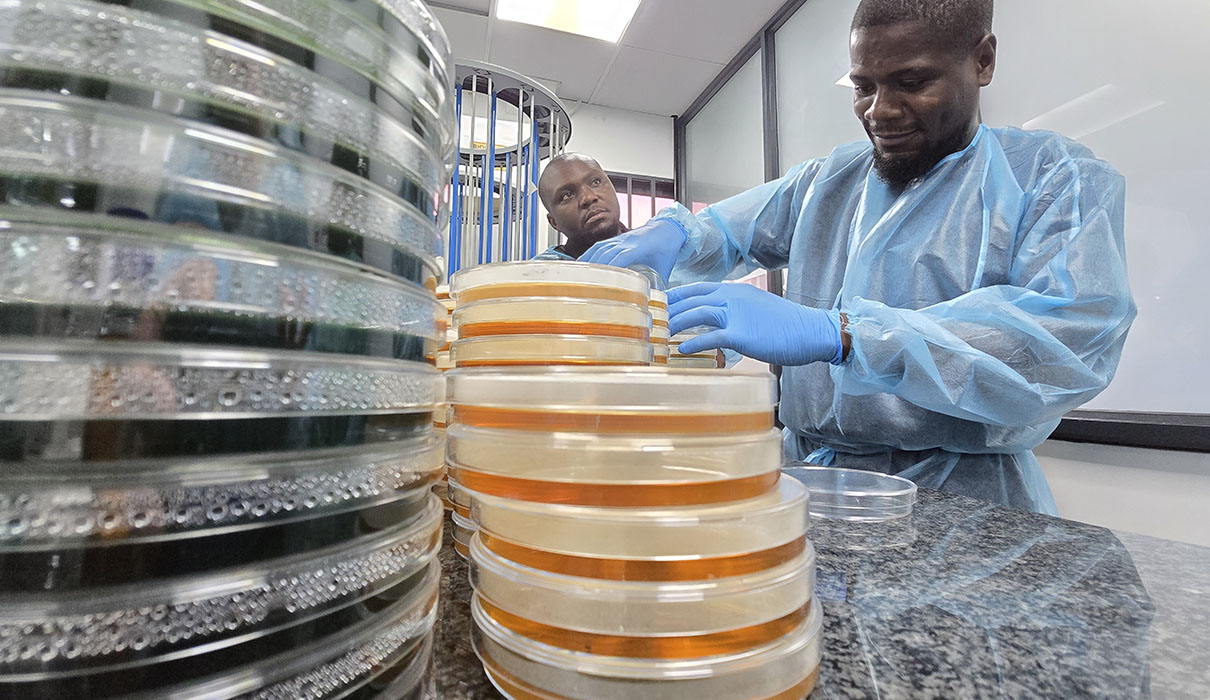
Cholera surveillance should be part of an integrated disease surveillance system that includes feedback at the local level and information-sharing at the global level. Additional efforts are necessary to detect and confirm cholera outbreaks early and to monitor them effectively to better guide multisectoral interventions. This requires upgrades in information system, capacity building and decentralization of testing capacities.
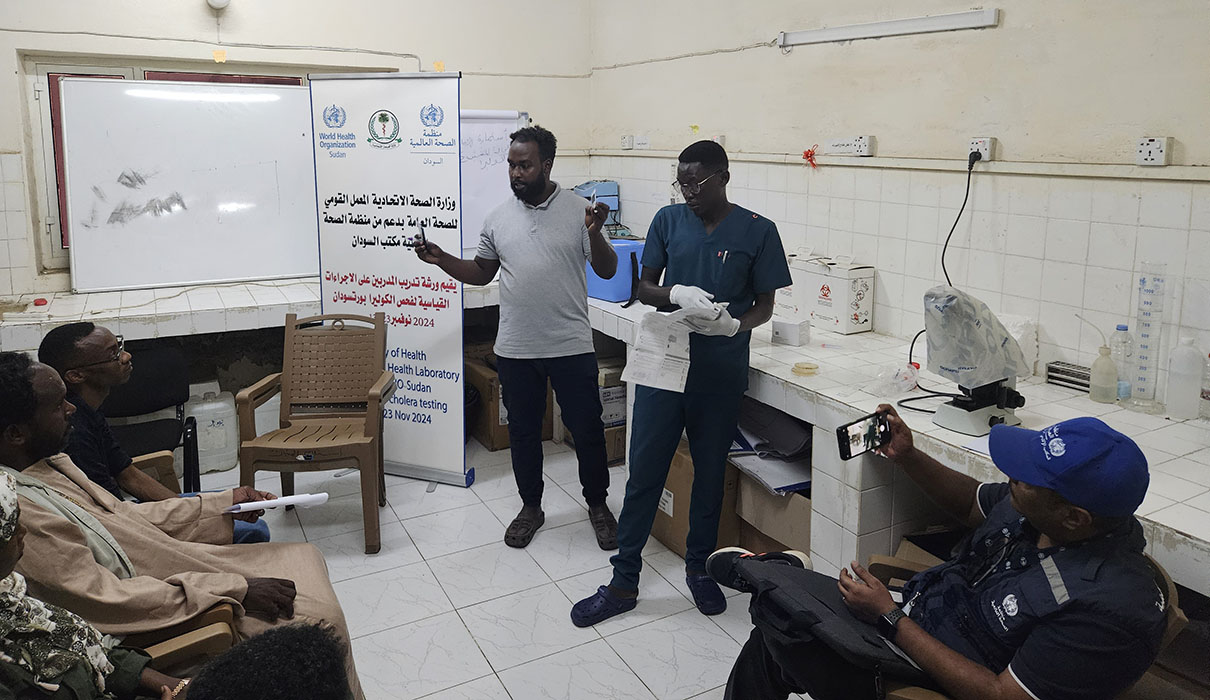
Rapid access to treatment is essential during a cholera outbreak. Oral rehydration should be available in communities, including at specific oral rehydration points (ORPs), in addition to larger treatment centres that can provide intravenous fluids and 24-hour care. With early and proper treatment, the case fatality rate should remain below 1%.
Current cholera case management faces significant gaps that urgently need to be addressed. These include inadequate access to timely and effective treatment in remote or resource-limited areas, insufficient availability of oral rehydration salts (ORS) and intravenous fluids, and a lack of trained healthcare workers to manage cholera outbreaks effectively. Additionally, there is a need for better integration of case management into broader healthcare systems to ensure rapid response during outbreaks.
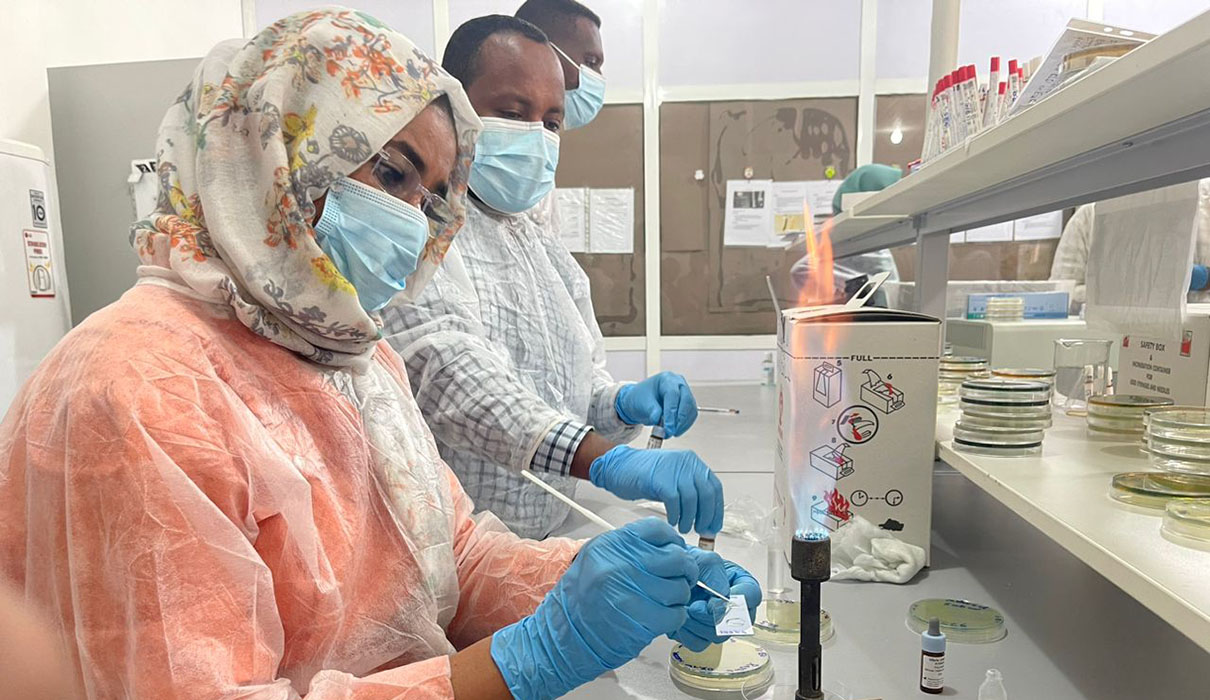
Research on cholera has made significant strides, but critical gaps remain that need urgent attention. Current research efforts have improved our understanding of the disease, vaccine development, and treatment strategies, but more work is needed to address the persistent challenges. Key areas requiring further research include the development of more effective and long-lasting vaccines, understanding the environmental and social factors driving outbreaks, and improving rapid diagnostic tools for early detection. Additionally, there is a need for more operational research to optimize the implementation of cholera control programs in diverse settings. Prioritizing these research areas is essential for advancing global cholera elimination efforts.